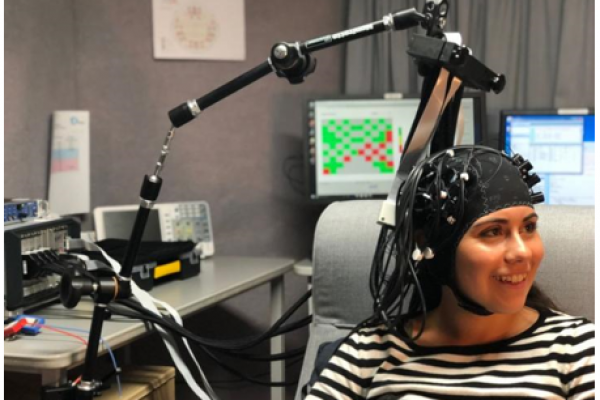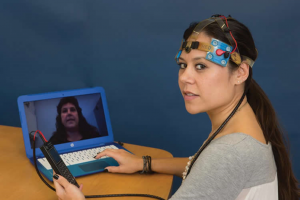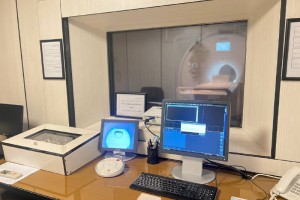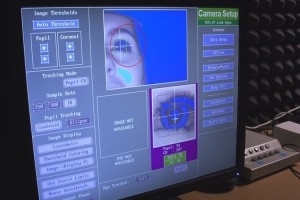Computer-Aided Tinnitus Detection based on Brain Network Analysis of EEG Functional Connectivity
Tinnitus known as a central nervous system disorder is correlated with specific oscillatory activities within auditory and non-auditory brain areas.
Tinnitus known as a central nervous system disorder is correlated with specific oscillatory activities within auditory and non-auditory brain areas. Several studies in the past few years have revealed that in most tinnitus cases, the response pattern of neurons in the auditory system is changed due to auditory deafferentation, which leads to variation and disruption of the brain networks.
In this paper, we introduce an approach to automatically distinguish tinnitus individuals from healthy controls based on whole-brain functional connectivity and network analysis.
In this case-control study, eight participants with tinnitus (two females; mean age: 48.2 years; range: 28–59) and eight healthy individuals (three females; mean age: 30.8 years; range: 25–42) were included in the study. All individuals with tinnitus suffered from chronic tinnitus for a duration of at least 12 months (range: 1–30 years).
Experimental results showed promising classification performance with high accuracy, sensitivity, and specificity in all frequency bands, specifically in the beta2 frequency band. The current study provides substantial evidence that tinnitus networks can be successfully detected by consistent measures of the brain networks based on EEG functional connectivity. The results demonstrate that four network measures i.e. the node strength, clustering coefficients, local efficiency, and characteristic path length could successfully discriminate the tinnitus from the healthy normal group.





Related Posts